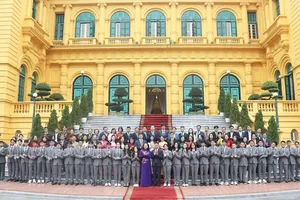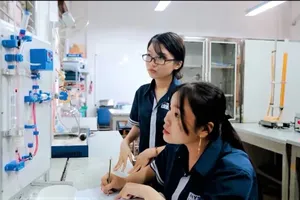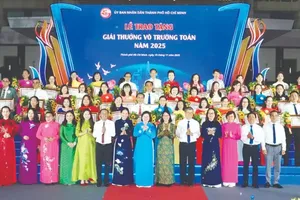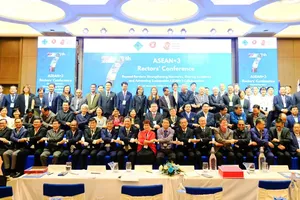 |
As for the planning of education and training facilities, HCMC has set a target of having 60 percent of kindergartens, 80 percent of primary schools, 70 percent of secondary schools and 50 percent of public high schools to meet the national standards by 2030, respectively.
Besides, Thu Duc City and 21 districts in Ho Chi Minh City have strived to provide 300 classrooms for 10,000 pupils at ages of 3 to 18; to perform high-quality educational programs following the model of advanced schools and international integration for at least two schools of each educational level.
100 percent of schools are set to build under the smart school model.
Regarding the requirements of class size, the schools have to ensure 30 to 35 students per class at all levels.
All primary schools, 70 percent of secondary schools and over 80 percent of high schools will organize two shifts per day.
As for the preschool educational level, HCMC strives to have at least one smart classroom at each facility; all teachers are required to meet educational standards and all of the preschool children will be accessed to English.
Until 2030, the city will meet compulsory education for foreign languages. Particularly, 100 percent of pupils at primary schools and secondary schools will reach A1 level and A2 level in English or the same level of language proficiency after their graduation. Additionally, 50 percent of primary pupils are required to have international foreign language certificates.
In order to ensure fairness in the approach to educational methods, the city will give priority to the learning needs of pupils in island communes, suburban districts, those with difficult circumstances, orphaned kids, pupils with disabilities and so on.
Ho Chi Minh City has been step-by-step universalizing preschool education to ensure that all pupils will study essential skills in the 21st century.
























